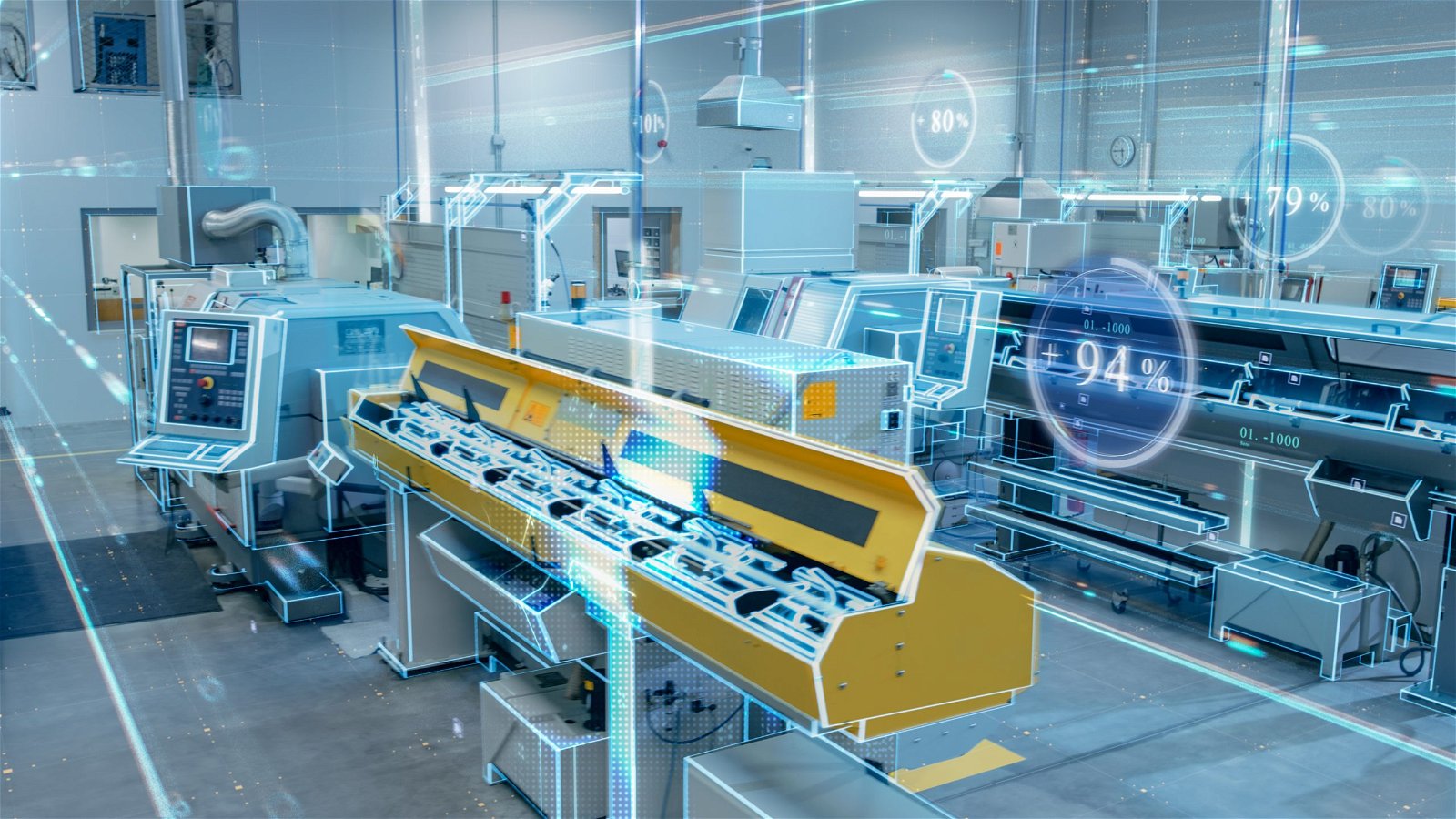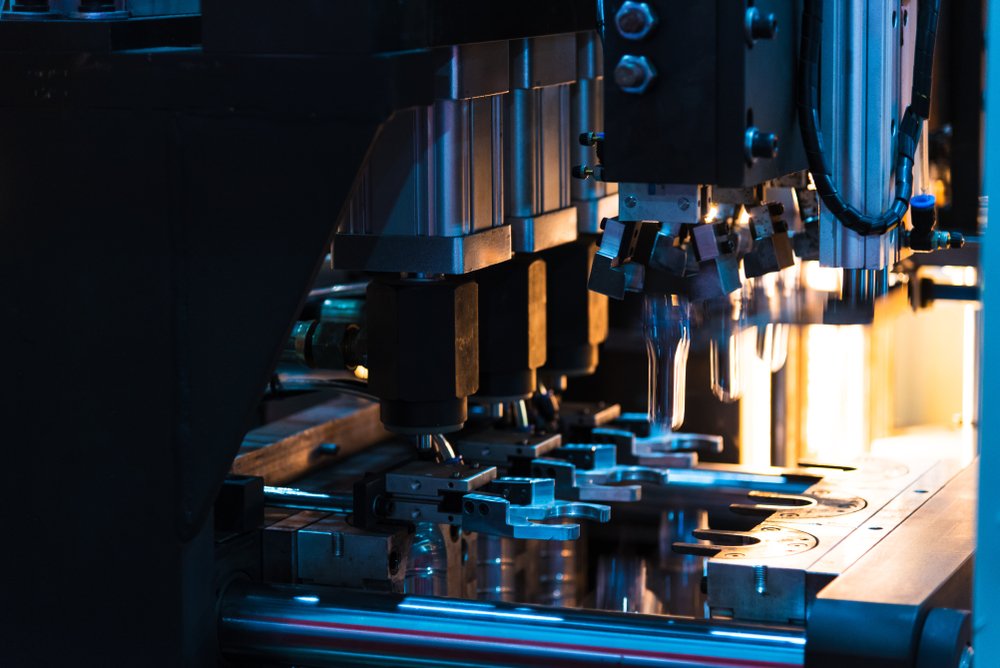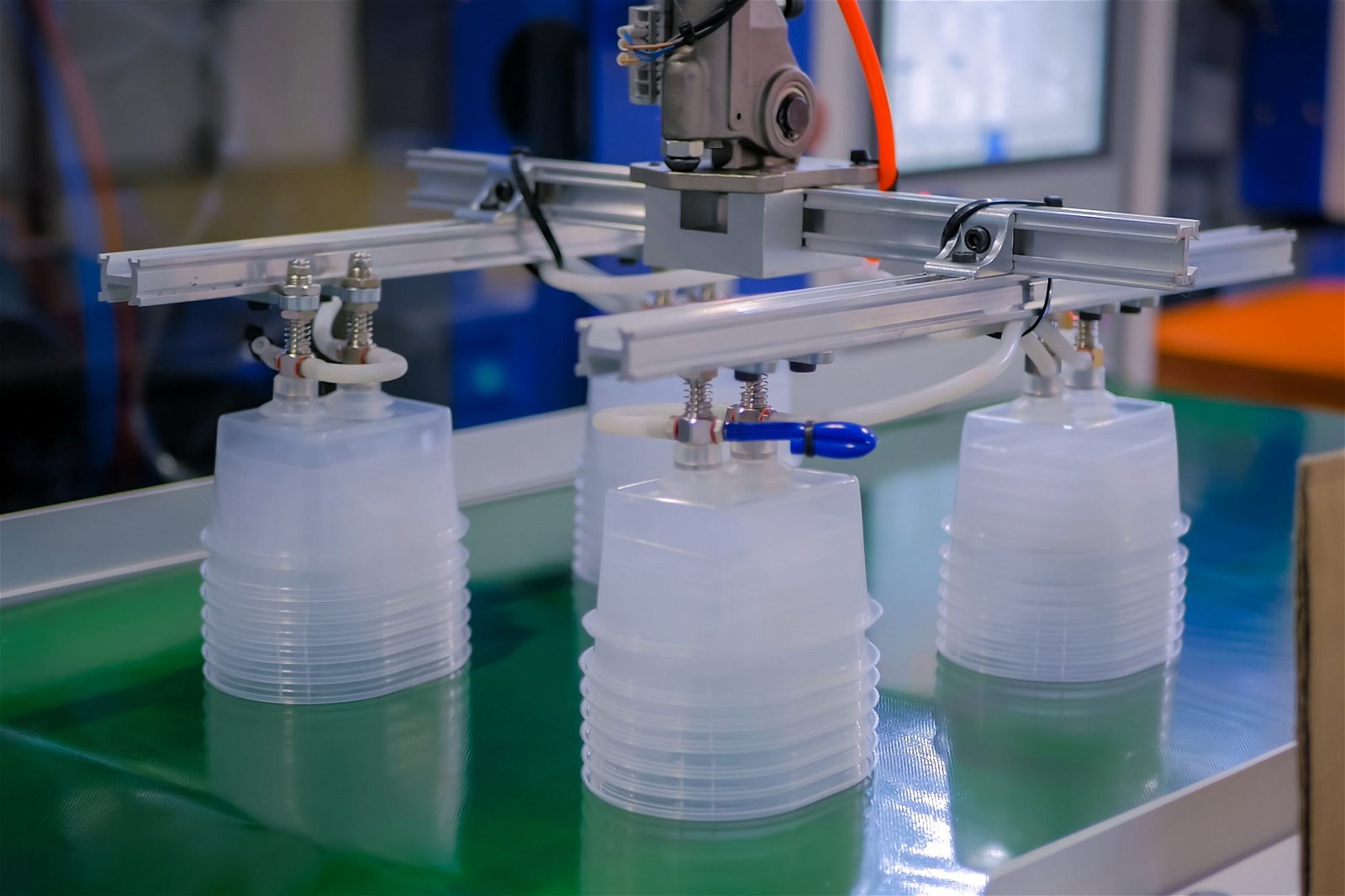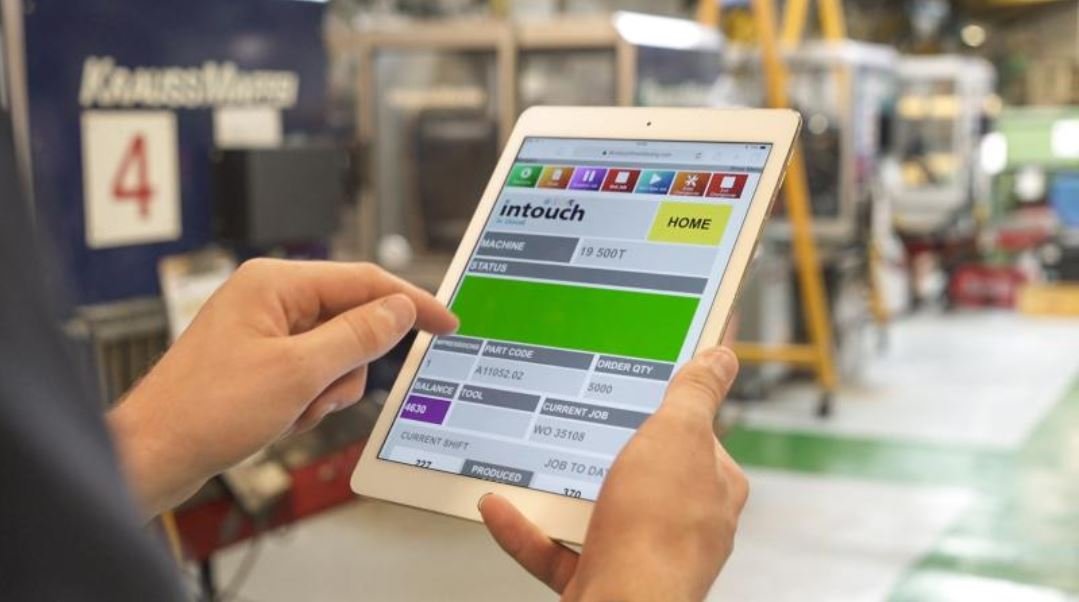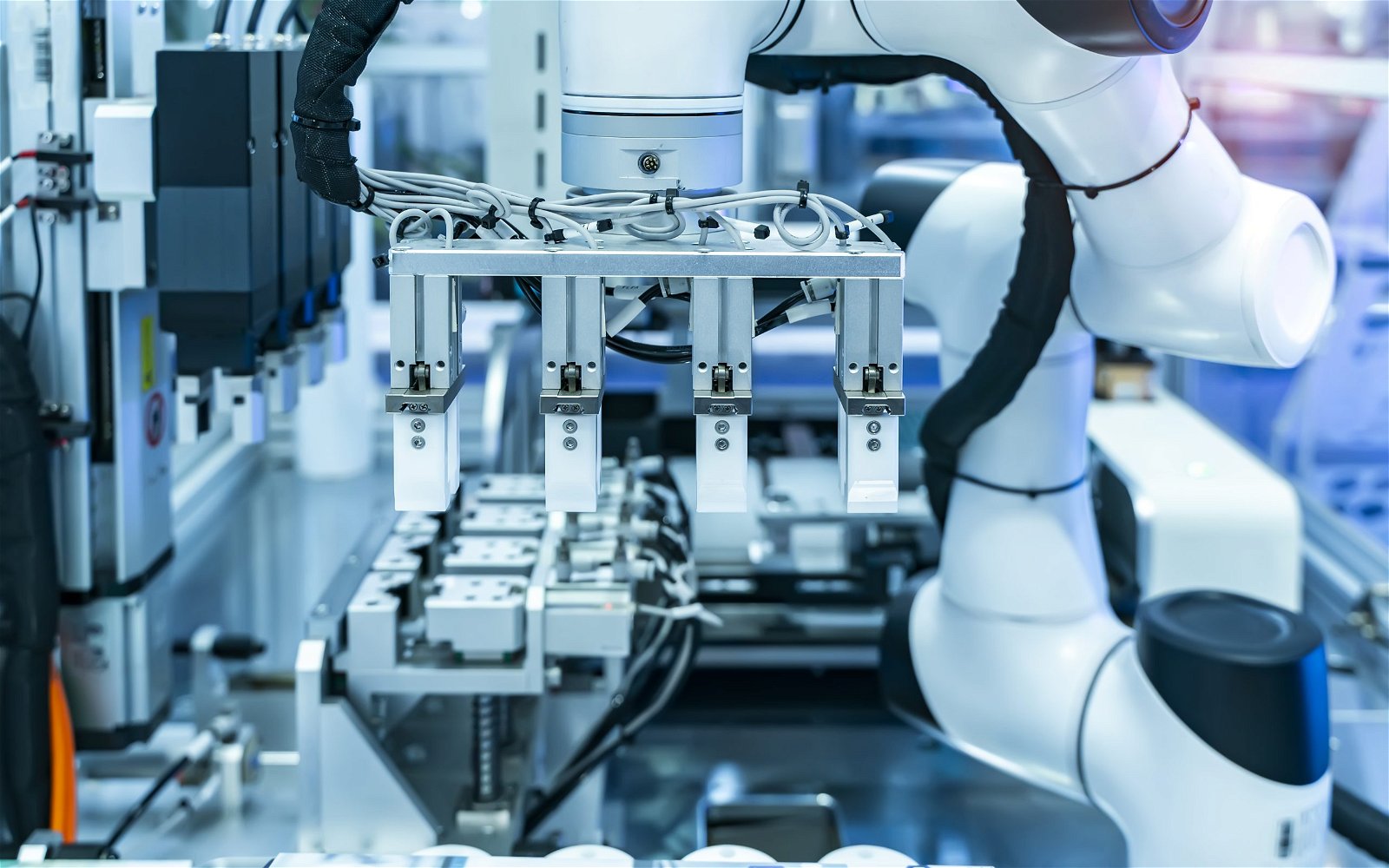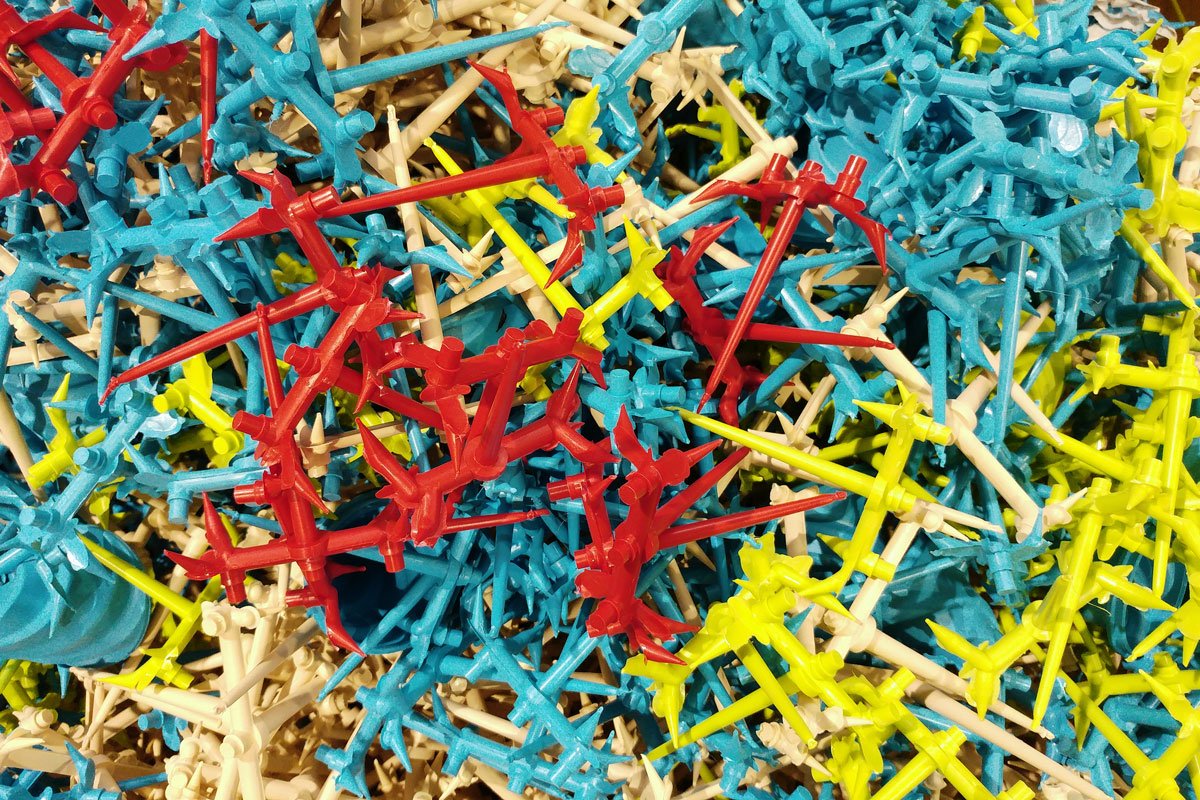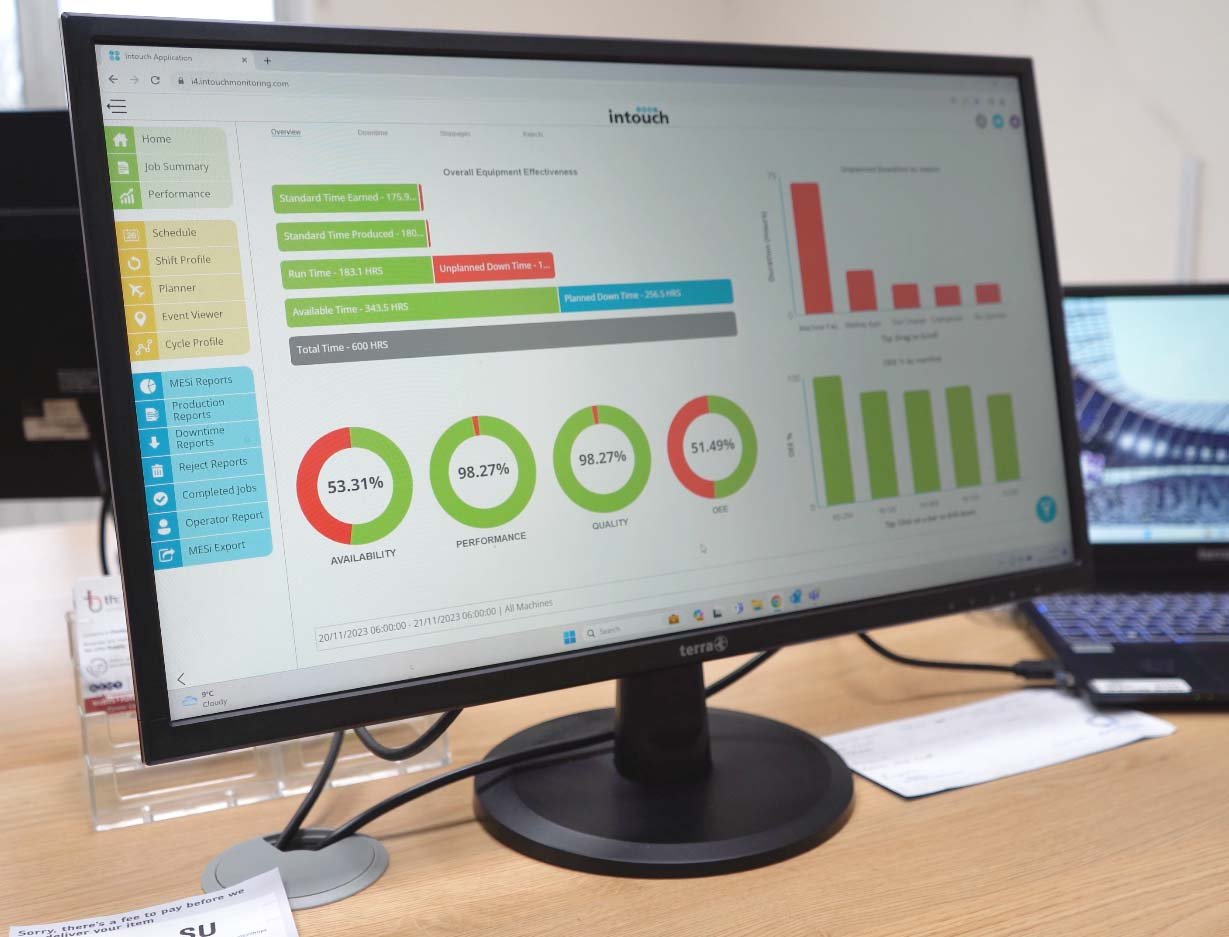MES THINKING
64% of manufacturers say energy costs pose the biggest risk to their business
According to a recent article, supported by research from pwc 60% of manufacturers are concerned about energy blackouts, and 70% expect energy costs to increase significantly in 2023. 64% of manufacturers say that energy costs pose the biggest risk to their business. (source: Guardian)
You don’t need us to remind you about the wider ramifications of the rising energy costs: reduced profits, reduced margins, and job losses. But manufacturers are resilient and innovative, and looking for ways to overcome their energy challenges, along with raw materials and labour costs.
How do manufacturers succeed in the face of rising energy costs?
Given the ongoing pressures faced by manufacturers in today’s competitive and volatile landscape, cutting costs is a business imperative. This along with seeking ways to boost efficiency, improve operational performance, mitigate the increases in raw material and the increasing wage bill are keeping manufacturing leaders awake at night.
Sadly, there isn’t a silver bullet, but when manufacturers say that energy accounts for over 20% of their costs, seeking out ways to reduce costs and mitigate rising costs puts a focus on understanding how and when you are using energy.
The first step for energy intensive manufacturers is to understand clearly their energy consumption. One of the barriers to reduce energy use and costs is the lack of accurate data and visibility into current energy consumption. Without a clear understanding of how and when energy is being used, it’s difficult to identify areas for improvement and develop effective energy-saving strategies.
Visibility. You need to know what you don't know
Analysis of energy consumption requires capturing accurate, real-time data. Most manufacturers pay higher prices for energy during peak periods. Having the flexibility to shift production away from peak periods can be an option to reduce costs, but without accurate data, you don’t know what the consumption and costs are when comparing production runs, machines and timing.
Another issue is the complexity of modern manufacturing facilities, which often involve multiple processes and systems that consume energy. Managing and optimising energy use across these different systems can be a daunting task, especially for manufacturers with limited resources or expertise in energy management.
Visibility of your overall usage also allows further energy reduction options to be identified and guide the potential investment of new technologies that can aid energy consumption reduction through changes in process, shift patterns and machine optimisation. This all needs to be balanced without impacting overall productivity.
Start monitoring energy consumption
Each piece of manufacturing equipment on your factory floor is full of valuable data that can reveal ways to reduce or eliminate energy waste that may be causing your bills to be unnecessarily high. Installing real-time energy monitoring equipment puts you in control of your energy consumption, providing alerts that can help prevent breakdowns, highlight anomalies and give transparency on costs when machines are idle.
Monitoring can also help you maximise off-hour consumption savings (non-peak). It’s essential to know the time, days and processes that generate the highest energy consumption in your plant.
Collaboration between different departments is essential for successful energy management. By working together, different departments can ensure that energy management is integrated into the overall business strategy and that everyone is working towards the same goal.
Energy efficiency, means lower costs
By becoming more energy-efficient, manufacturers can lower costs, which can increase OEE, and reduce their environmental impact.
Energy monitoring, along with implementing energy-efficient technologies and best practices, are key to achieving energy consumption efficiency and can also increase the overall operational efficiency of your manufacturing operation.
3 Signs that you are ready to digitise your factory
Are you under pressure to improve efficiencies and reduce down time, which means you’re now looking to implement smart factory technology…
Plastics Manufacturing in a volatile world
The pandemic has highlighted that the need for flexibility and adaptability in manufacturing operations is crucial for navigating…
5 ways you could improve your production efficiency right now
The importance of production efficiency cannot be overstated. It means you are making the most out of your resources – time, materials,…
Have you thought about adopting smart technology?
What's stopping you adopting smart technology in your plant? Are you worried about the costs, the expertise and training needed? What is…
The advantages of a paperless manufacturing operation
So what happens when you switch to a paperless Manufacturing Execution System? You immediately get more predictable manufacturing with more…
Why is planned downtime for maintenance so important?
Often with pressure of delivery deadlines, it is easy for planned maintenance to be pushed down the priority list and only maintain it when…
How to choose the right manufacturing execution system (MES) for you
Selecting the right MES solution will give you the data and insights necessary to optimise your OEE, give you a competitive advantage and…
What would a 1%, 5% or 30% improvement in OEE mean to you?
Are you under pressure to improve efficiencies and reduce down time, which means you’re now looking to implement smart factory technology…
How to transform your plant’s efficiency and profitability with MES
Squeezing everything from your resources without compromising on quality is a challenge increasingly faced by manufacturers. So how can…
How it works
Getting started with Intouch is as easy as 1, 2, 3
1. Book a demo
Let us show you what we can do. Jump on a demo call and our friendly team will take you through the Intouch system and answer any questions you might have.
2. Enjoy a free trial
Don’t just take our word for it! We’ll lend you our technology for a 60-day free trial so you can see exactly how it can benefit the everyday operation of your business.
3. Receive ongoing support
It doesn’t end there. If you decide Intouch is the right production monitoring system for you, we’ll work with you to help you take control and make significant improvements in OEE.

